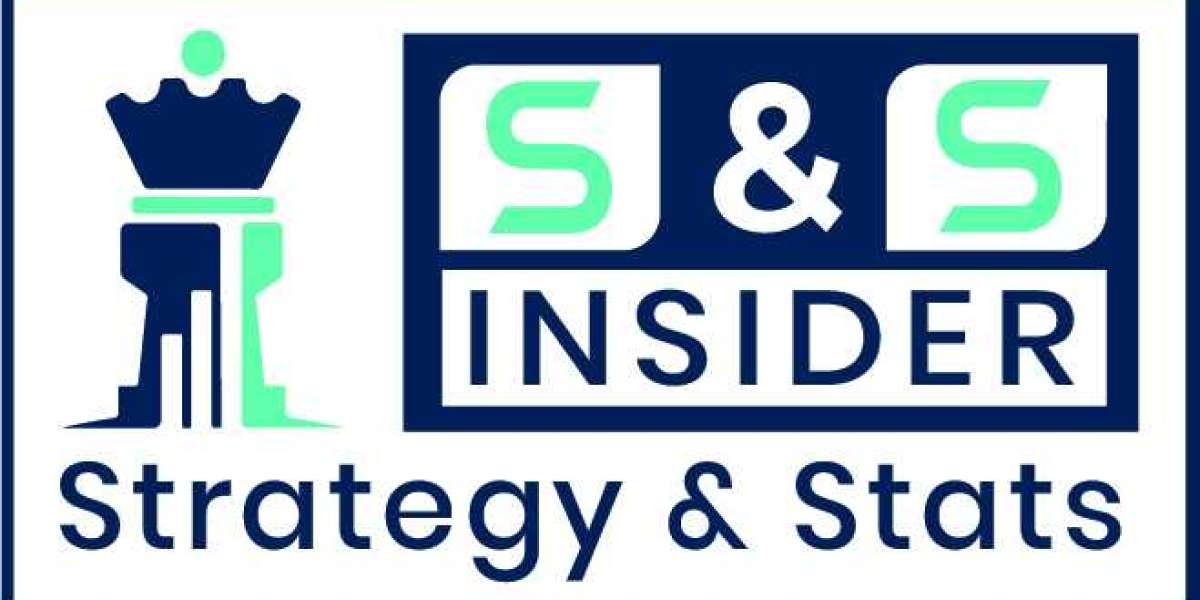The global transition toward renewable energy sources has significantly accelerated the adoption of solar technologies, with solar silicon wafers emerging as a vital component in photovoltaic (PV) systems. These wafers serve as the foundational material for manufacturing solar cells, enabling the efficient conversion of sunlight into electricity. The push for cleaner energy, declining costs of solar components, and supportive government policies are collectively propelling the demand for solar silicon wafers across the globe.
Market Size and Growth Forecast
The Solar Silicon Wafer Market Size was valued at USD 13.20 billion in 2023 and is projected to reach USD 32.58 billion by 2032, expanding at a compound annual growth rate (CAGR) of 10.59% during the forecast period 2024–2032. This robust growth is being driven by surging solar installations, especially in emerging economies, and technological advancements that enhance the efficiency and durability of solar wafers. Increasing investments in green infrastructure and heightened awareness of carbon footprint reduction are further fueling market expansion.
Factors Driving Market Growth
The rising global energy demand, coupled with efforts to decarbonize the power sector, is one of the primary factors boosting the adoption of solar energy and, consequently, solar silicon wafers. The cost competitiveness of solar power, especially when compared to fossil fuels, has improved dramatically over the past decade. Innovations in wafer production, such as thinner wafers and improved surface texturing, have contributed to higher cell efficiencies and lower manufacturing costs. Additionally, the expanding use of monocrystalline wafers, which offer superior efficiency and performance over multicrystalline alternatives, is shaping the future trajectory of the market.
Technological Advancements and Innovation
Technological innovation plays a pivotal role in enhancing the performance and cost-effectiveness of solar silicon wafers. Advances in crystal growth methods, wafer slicing technologies, and the introduction of passivated emitter rear cell (PERC) and heterojunction (HJT) technologies have significantly improved energy output. The development of large-size wafers, such as M10 and G12, is further optimizing the balance between efficiency and module size. Manufacturers are also exploring n-type wafers, which offer lower degradation rates and better temperature coefficients, paving the way for next-generation solar modules.
Regional Market Dynamics
Asia-Pacific dominates the solar silicon wafer market, with China serving as the global manufacturing hub for wafers, cells, and modules. The region benefits from an established supply chain, supportive government policies, and a vast domestic demand for solar installations. India is also emerging as a key market due to its ambitious renewable energy targets and growing solar capacity.
North America is witnessing steady growth, driven by the U.S. government's incentives and increasing solar deployments across residential, commercial, and utility-scale projects. Efforts to localize wafer and cell production are gaining momentum, supported by federal clean energy initiatives.
Europe, led by countries such as Germany, Spain, and the Netherlands, continues to invest in solar energy as part of its broader climate goals. The region is emphasizing energy independence and sustainable infrastructure, which is positively impacting demand for solar silicon wafers. Emerging markets in Latin America, Africa, and the Middle East are also investing in solar projects to address energy access issues and diversify energy sources.
Competitive Landscape and Industry Outlook
The solar silicon wafer market is highly competitive and characterized by the presence of both global and regional players. Major manufacturers such as LONGi Green Energy, Wacker Chemie AG, GCL-Poly Energy Holdings Limited, and Zhonghuan Semiconductor are focusing on scaling up production, improving wafer quality, and reducing production costs through automation and innovation. Vertical integration, strategic partnerships, and investments in RD are becoming common strategies to enhance competitiveness and market share.
As demand continues to surge, companies are prioritizing sustainability in manufacturing practices, including the use of recycled materials and energy-efficient production processes. The push toward a circular economy and lower carbon manufacturing footprints is becoming increasingly important in the competitive landscape.
Conclusion
The Solar Silicon Wafer Market is poised for substantial growth as the world accelerates its shift toward renewable energy. With continuous innovation, favorable policy support, and rising global awareness of environmental issues, solar silicon wafers will remain at the heart of solar power development. As technology advances and production scales up, the market is expected to play a pivotal role in making clean, reliable, and affordable energy accessible across the globe.
Read More Insights @ https://www.snsinsider.com/reports/solar-silicon-wafer-market-6805
Contact Us:
Jagney Dave - Vice President of Client Engagement
Phone: +1-315 636 4242 (US) | +44- 20 3290 5010 (UK)
Read Our Top Selling Research Reports:











